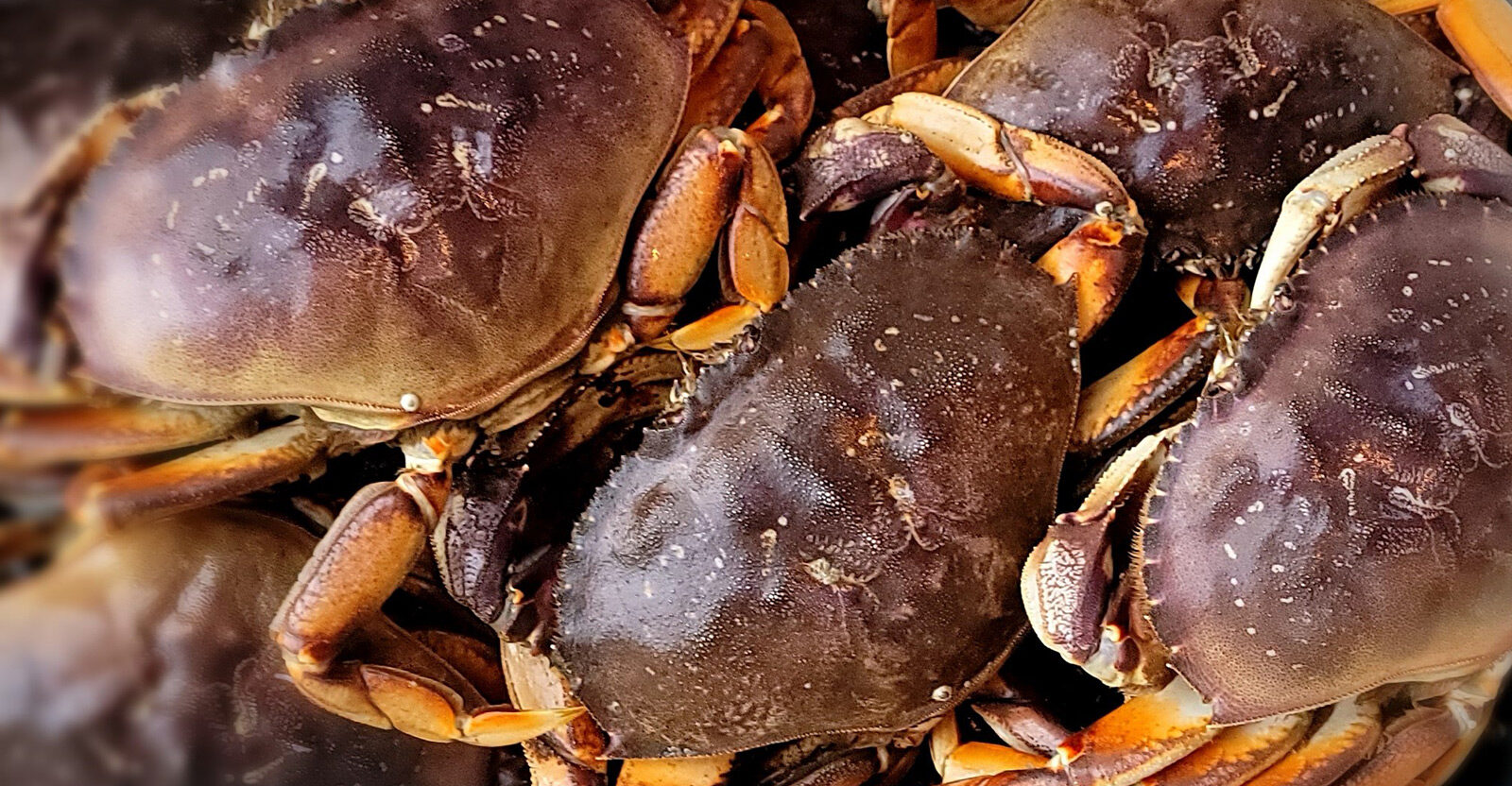History Tells Us We Can be Successful at Habitat Restoration
How do we know we can be successful at habitat restoration?
Because we have done it before…read on!
In 1975 as the founding president of a political group called The Inner Sound Crab Association, Riley Starks led the group in addressing the problem of the destruction of molting crab by the bottom trawlers (draggers). “Dragging,” as it is called, is the most destructive method of fishing that exists. At that time there were 16 draggers working the waters of the Straits of Georgia and all the waters around the San Juan Islands. They would routinely go into shallow bays in search of flounder, a very low value food fish, during the time when Dungeness crabs were molting. The crabs shed their hard shells and for a brief period are completely defenseless with shells as soft as plastic wrap.
They wanted to document the effects the dragging was having on the Dungeness crab populations and hired a helicopter to fly over and film as a dragger was bringing its bag up over the stern showing the utter destruction of thousands of crabs as they squeezed through the meshes like jelly. The film was given to the Washington Department of Fish and Wildlife, who knew what was likely going on but had no proof. It took 16 years for it to happen, but the state finally developed the political will to retire the dragging boats.
AND, the upshot was…
During the 17 years Riley was a commercial crab fisherman, before the draggers were banned, the total inner Sound harvest was an average of 5 million pounds per year—Today it is over 12 million. When he fished, it was rare to find a crab much over the legal limit of 6¼ inches and weighing more than 1¾ lbs.—Today it is common to find 7-inch crabs, and some as much as 3 lbs. The result is that because the resource is great enough, the population is not over-exploited.
AND, as an unintended consequence of the dragger ban, there is now a halibut fishery where there was once none. Halibut needs to be at least 10 years old to spawn, but because of the relentless trawling fishery, very few ever made it to that age. There is now a 200,000 lb. tribal-only commercial halibut fishery, with an equal quota for sports fishers.
With initiative, good policy and political will, they were able to preserve the crabbing industry.


Leave A Comment
You must be logged in to post a comment.